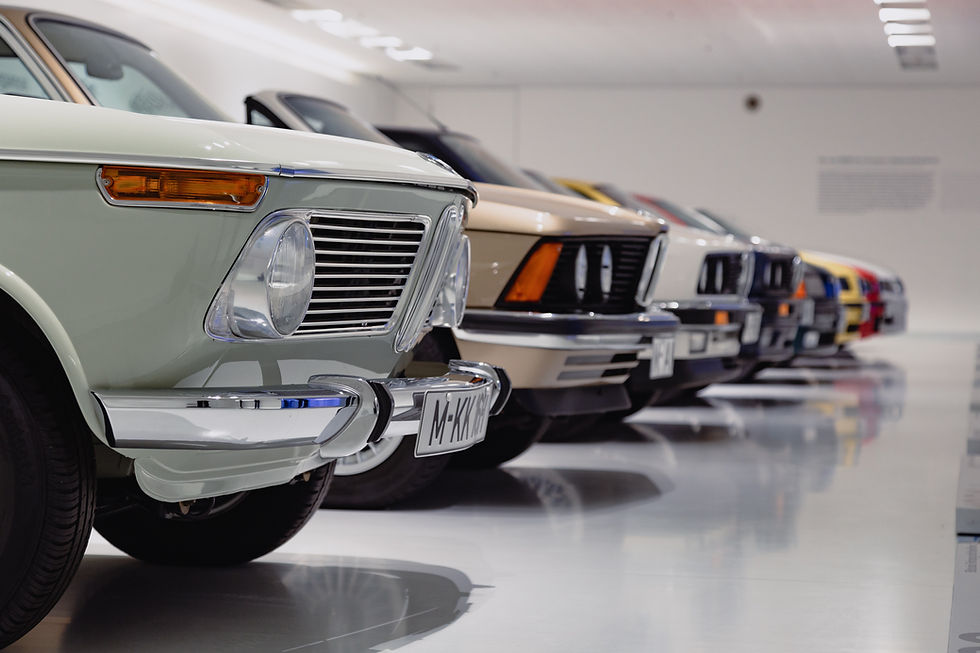
Shipping motor vehicles across the borders or through an ocean carrier is becoming more common in this time of age, so it is important to take note on the safety standards and regulations when importing a motor vehicle. In the U.S., we follow strict safety, bumper, and emission standards to ensure the protection of our citizens and the environment. Thus, importers must conform to these standards in order to bring their vehicle over to the U.S.
Importing your own motor vehicle may be seen as a daunting process, but it can be broken down into the following stages:
Initial Arrangement:
The owner must make arrangements for shipping a vehicle. Have your shipper or carrier notify you of the vehicle's arrival date so that you can make arrangements to process it through CBP.
Documentation
For CBP clearance you will need the shipper or carrier's original bill of lading, the bill of sale, foreign registration, and any other documents covering the vehicle. You will also be required to complete EPA form 3520-1 and DOT form HS-7, declaring the emissions and safety provisions under which the vehicle is being imported.
Checking your Vehicle’s Condition
To safeguard against importation of dangerous pests, the U.S. Department of Agriculture requires that the undercarriage of imported cars be free of foreign soil. Have your car steam-sprayed or cleaned thoroughly before shipment.
For your own safety, security, and convenience, do not use your car as a container for personal belongings.
For more information on importing motor vehicles, visit
Or call Spirit CHB, Inc at phone number (714)383-9973, email: info@spiritchbinc.com

댓글